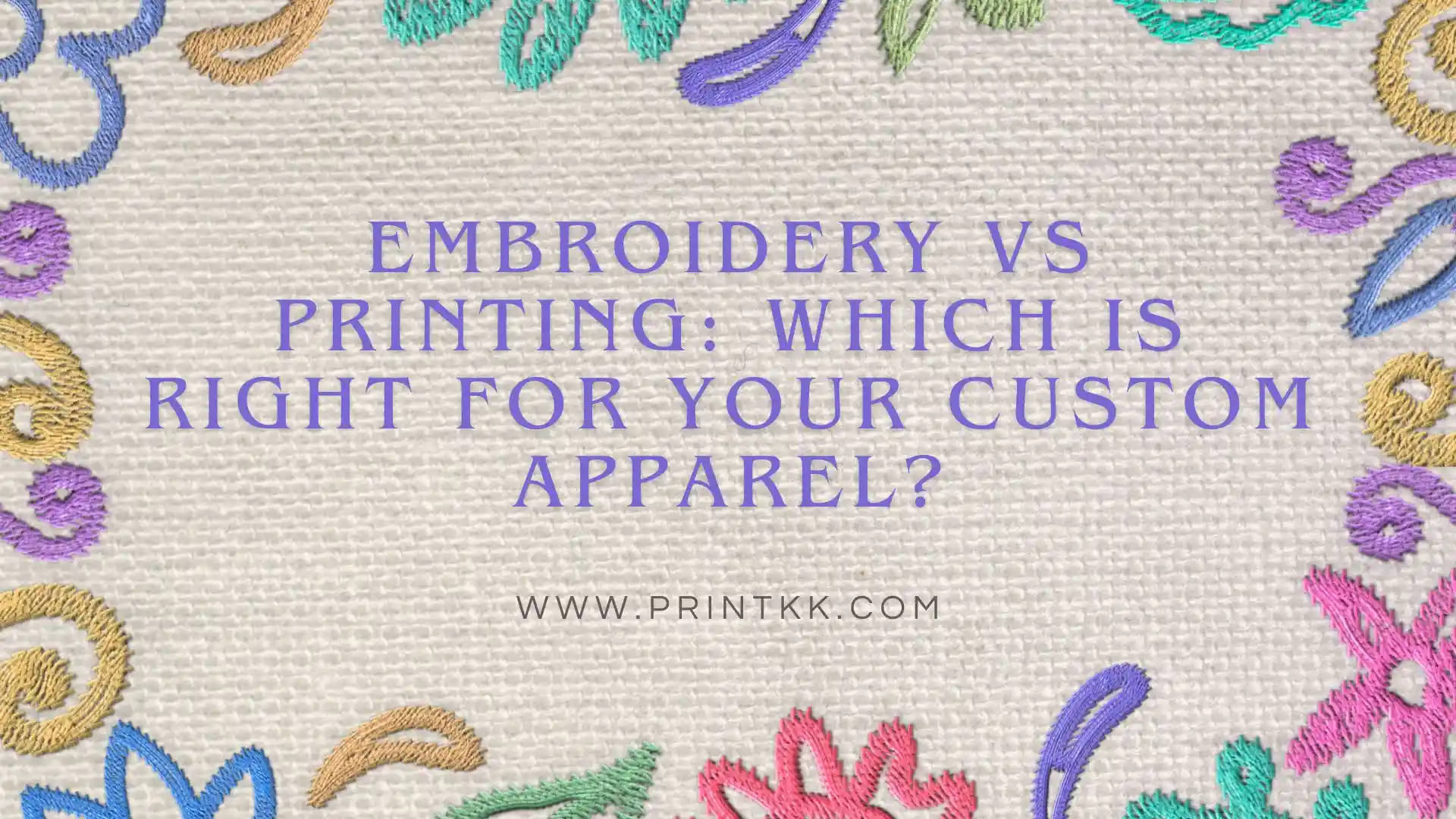
When it comes to creating custom apparel that truly stands out, the method you choose to add your design can make all the difference.
From team uniforms to branded merchandise, businesses and creators often face a key decision: embroidery vs printing.
Each technique has its own strengths, limitations, and ideal applications, and understanding these differences is crucial to achieving a professional, long-lasting look.
In this guide, we'll explore both methods to help you decide which approach best suits your vision, budget, and audience.
Embroidery - What It Is and Pros & Cons
What It Is Embroidery
Embroidery is stitching a design directly onto your garment with thread. The design becomes part of the fabric, which makes it strong and long-lasting.
It works best on firm fabrics like cotton, polyester blends, or jackets.
You should consider the size of the design and the area of the garment because very small details can get lost in the stitching.
Embroidery gives a clean and professional look that stays sharp even after many washes.
Pros
- Durable finish: Embroidery doesn't fade or peel like printed designs.
- Professional appearance: It adds texture and a premium feel.
- Good for logos and small designs: Works well on sleeves, collars, hats, and other small areas.
Cons
- Complex designs may not work: Fine details or tiny text can blur.
- Cost increases with size: Bigger designs take more thread and time.
- Fabric limits: Stretchy or thin fabrics may not hold embroidery cleanly.
When you choose embroidery, focus on the placement, fabric, and size. Think about where the design will make the most impact and which fabrics will hold up best.
Embroidery is best for designs you want to last and feel high-quality.
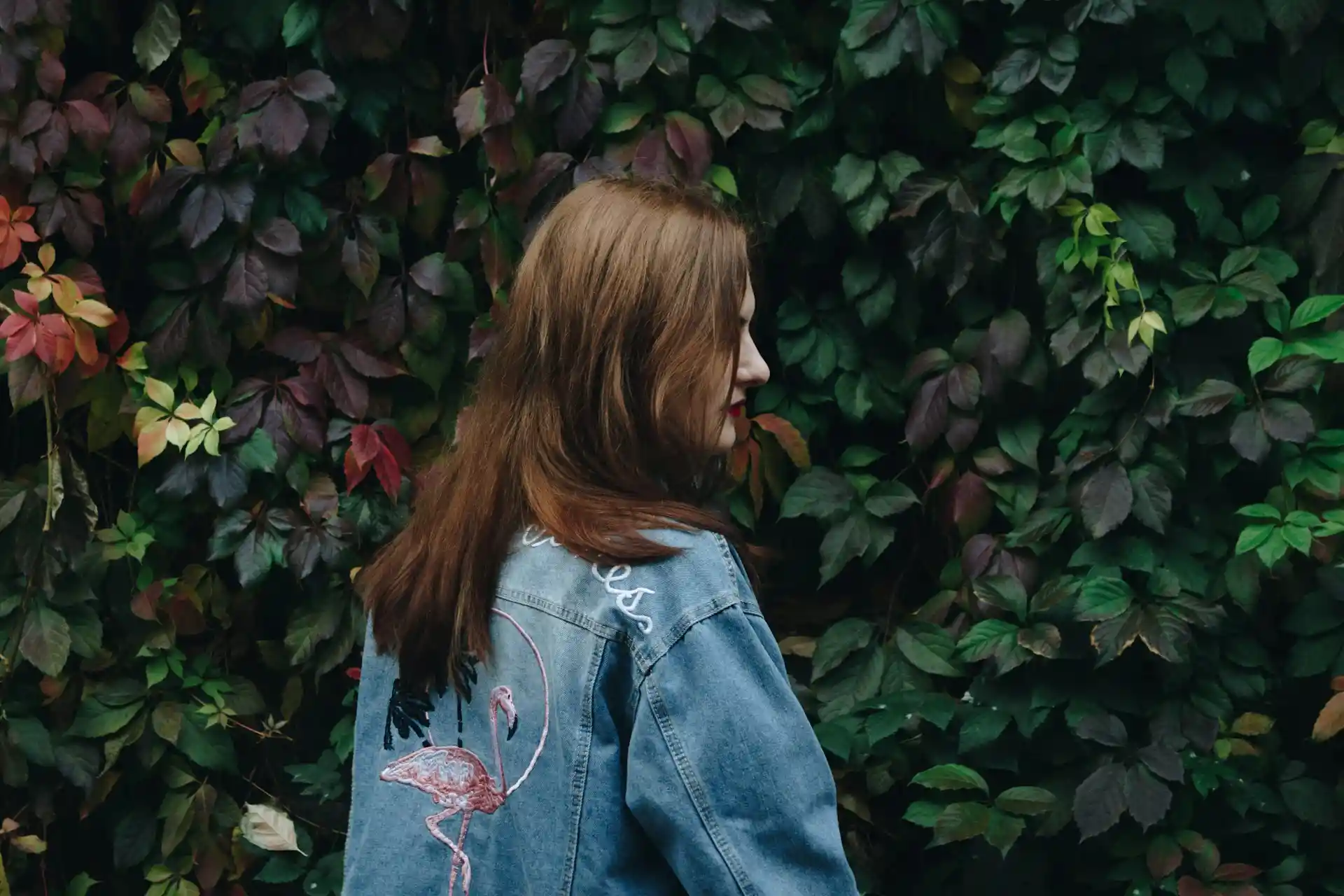
Printing - What It Is and Pros & Cons
What It Is Printing
Printing puts your design directly onto fabric using ink instead of stitches.
You can choose from methods like screen printing, digital printing, or heat transfer, depending on your design and quantity.
Printing works well for detailed graphics, photos, or designs with many colors. The ink bonds with the fabric, creating a smooth surface that moves with the shirt.
When you plan a printed design, think about how it will feel and last over time, not just how it looks on a screen.
Choosing the right method and ink for your fabric makes a difference in how the final product performs after washing.
Pros:
- Detail and Color: Printing can reproduce complex designs and full-color images with clarity.
- Versatility: Works on a variety of fabrics and apparel types.
- Cost for Large Orders: Often cheaper than embroidery for big batches.
Cons:
- Durability: Printed designs can fade or crack over time, especially with frequent washing.
- Texture: Printing doesn't add depth or tactile feel like embroidery.
- Limited Premium Feel: Flat ink may not feel as high-end compared to stitched designs.
Printing is a solid choice when your design needs color accuracy, fine detail, or fast production, but consider how the look and longevity fit your project.
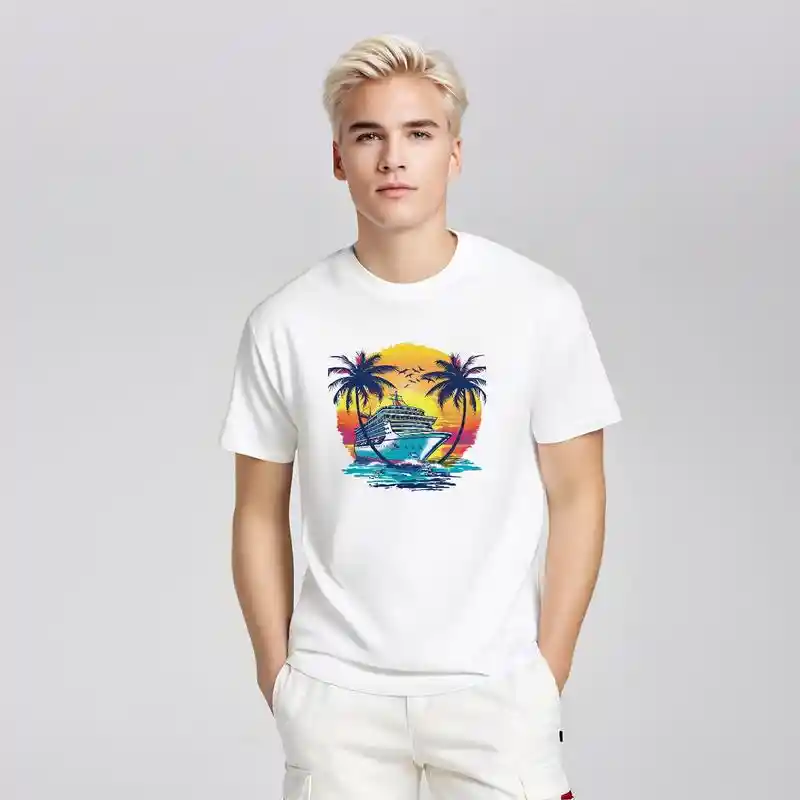
Embroidery vs printing: Complete comparison for Custom Apparel
1. Durability
Embroidery
Embroidery uses thread stitched into the fabric. Threads hold their shape and color over many washes, making the design last longer.
You should consider stitch density and thread type, as thicker threads improve durability, but very dense areas can cause fabric puckering.
Printing
Printing applies ink to the surface. Colors may fade or crack after repeated washing or heavy wear.
Choosing the right ink, curing method, and fabric combination helps designs last longer. Test washing on sample garments to see how prints hold up before large production.
2. Appearance and Texture
Embroidery
Embroidery adds a raised, tactile feel. The texture gives a premium look that stands out on hats, jackets, or polos.
For small logos, pick simple shapes to keep clarity. Avoid overly complex patterns, as they can get lost in the stitching or appear messy on the finished garment.

Printing
Printing keeps the fabric smooth. Large areas and complex designs are easier to reproduce, including gradients or photo-quality graphics.
You can combine colors freely, but remember prints lack texture, so they may feel less premium on high-end apparel.
3. Design Complexity
Embroidery
Embroidery works best with bold shapes and clear text. Tiny details may blur or disappear, so simplify intricate logos.
Dense stitching adds depth and visual weight, but it increases production time. Consider mixing small embroidery accents with printed elements for more complex designs.
Printing
Printing handles complex designs easily. Gradients, fine lines, and multi-color artwork transfer accurately without worrying about thread density.
You can also layer multiple prints or add effects like puff ink for a subtle 3D feel if you want some texture.
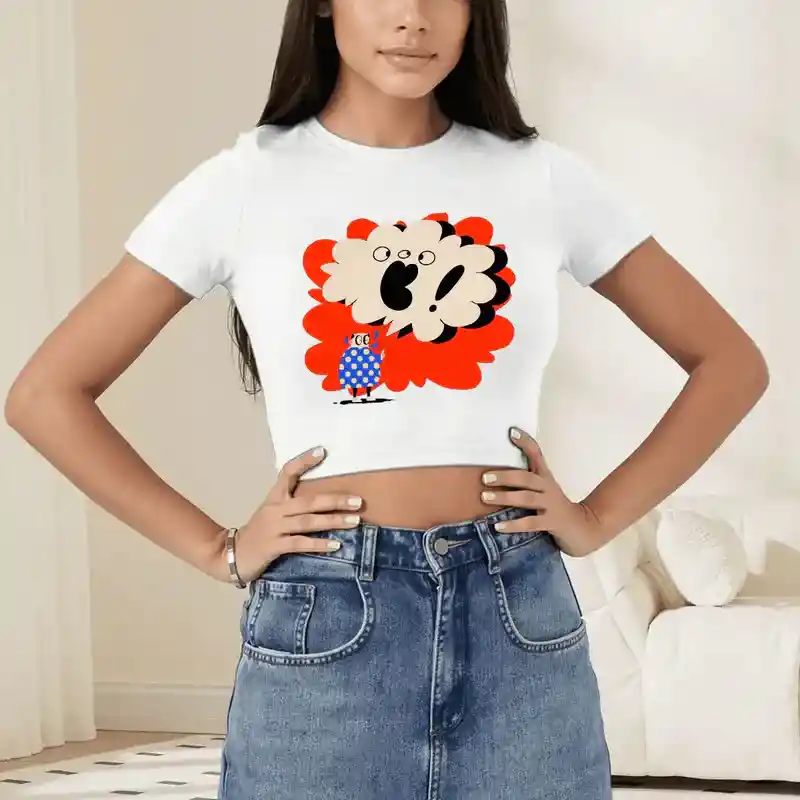
Custom Short-Sleeve Crop Tops for Women (Made in USA) - Print on Demand Fulfillment - PrintKK
4. Fabric Compatibility
Embroidery
Embroidery needs stable fabrics like cotton, polyester blends, or denim. Thin or stretchy fabrics can distort stitches, so test samples before production.
Also consider where the embroidery will be placed; seams and curved areas may require design adjustments.
Printing
Printing adapts to more fabric types. Cotton, polyester, blends, and synthetics can hold ink without distorting the design.
Some techniques, like sublimation, work only on polyester, so knowing your fabric is key before committing to a method.
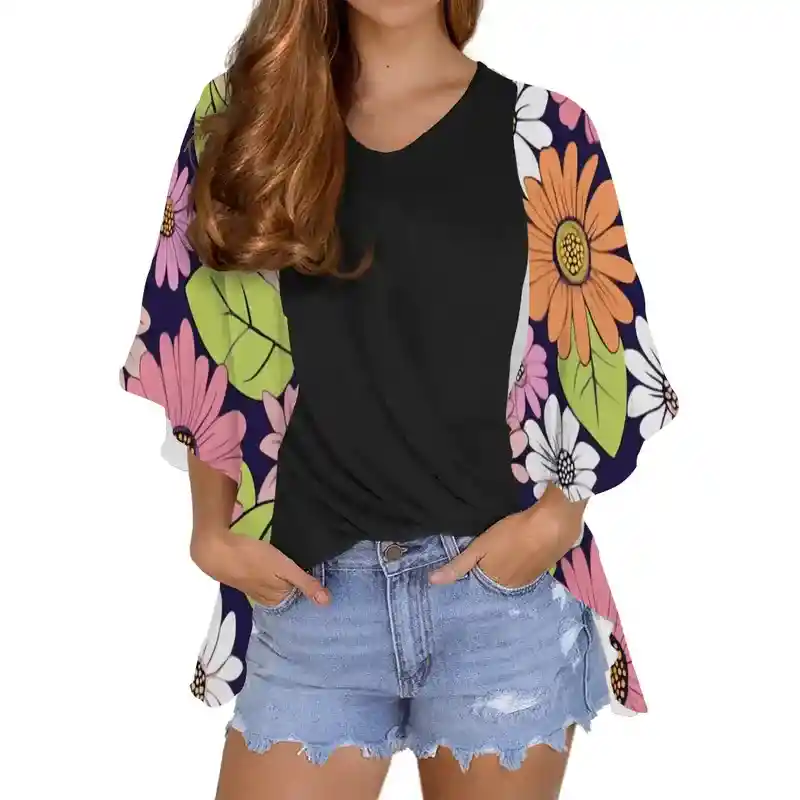
Custom Printed on Demand Women's Chiffon Blouse Cardigan - Women's Clothing - PrintKK
5. Production Speed and Flexibility
Embroidery
Embroidery takes longer, especially for large or dense designs.
Small logos are faster, but big designs need more planning and machine time. Digitized files ensure accuracy, and you may need multiple passes for thick or textured stitching.
Printing
Printing is faster and more flexible. You can produce single items or large batches efficiently.
Setup time is minimal, and you can quickly adjust colors or scale designs. For seasonal or promotional apparel, printing can help you meet tight deadlines.
6. Suitable Applications
Embroidery
Embroidery fits logos, uniforms, hats, and items needing durability and a premium feel.
It works best on garments that are washed often or need a professional look. Combining small embroidery accents with printed graphics can create more dynamic designs.
Printing
Printing works for full-color graphics, detailed visuals, or photo-style designs.
T-shirts, hoodies, bags, and promotional items benefit from printing's versatility. You can use large panels, gradients, and multiple colors that embroidery can't replicate easily.

Print on Demand Canvas Tote Bag (Made in USA) - Handbag - PrintKK
7. Cost Considerations
Embroidery
Cost rises with size, detail, and stitch density. Small logos are affordable, but intricate or dense designs require more thread and time, increasing expenses.
Plan your design to balance visual impact with cost, especially for large orders.
Printing
Printing scales predictably with quantity. Large designs or bulk orders usually cost less per item.
Special inks or textured effects may raise costs, so consider whether extra effects add enough value to justify the price.
Alternative Methods to Create an Embroidery Effect
Part 1: Embroidery-Like Effects on Paper
You can mimic embroidery on paper without using thread. These methods give a raised or textured look that feels more premium.
Resin-Based Digital Faux Embroidery
Use eco-friendly resin inks to create raised, thread-like textures. Layer the ink carefully and experiment with halftone patterns to simulate stitch depth.
It works best on smooth, sturdy paper. Check the paper color against your design to avoid dull or mismatched tones.
This method is ideal for greeting cards, postcards, and luxury packaging where you want a subtle, tactile effect.
Embossing or Debossing with Foil or Ink
Press stitch-like patterns into paper to give a three-dimensional effect. Adding foil can mimic metallic thread and add visual interest.
Test small areas first, because pressure settings and paper thickness affect the final look. Best for logos, monograms, and minimalist stitch designs.
Thick-Ink Screen Printing
High-viscosity ink can build tactile lines that resemble stitches. Start with simple line artwork; overly complex designs may lose clarity.
Layer the ink carefully and allow proper drying time to keep the texture consistent. Works well for stationery or packaging accents.
Layered Spot UV
Apply multiple layers of spot UV to form raised relief designs. You can combine it with printed colors or foils for a more striking effect.
Make sure the layers are aligned correctly; small misalignments can flatten the 3D look. Suitable for invitations, premium packaging, and collectible cards.

Custom Printed on Demand Couple's Thick Hoodie - Women's Clothing - PrintKK
Part 2: Embroidery-Like Effects on Fabric / Apparel
You can also create embroidery-style textures on fabric items without sewing. These techniques add texture and visual depth while being faster or cheaper than real stitching.
UV Faux Embroidery
UV-curable inks can recreate the feel of real stitches. Apply in layers to get the right relief and texture.
This method works well on flat areas of shirts, hats, tote bags, and patches. Test on scrap fabric first to ensure ink adhesion and color accuracy.
DTF Faux Embroidery
Adjust Direct-to-Film prints to imitate thread patterns. Use layered designs to create raised effects.
This works well for small runs and detailed artwork, like small logos or intricate patches. Pre-testing helps prevent ink bleeding and ensures the texture holds after washing.
Puff Screen Printing
Use heat-reactive ink that expands to form a 3D, stitch-like texture. Keep the designs bold and simple; fine lines may not expand evenly.
It is best for letters, logos, or stylized embroidery effects. Make sure to follow the recommended heat settings to avoid over-expansion or cracking.
3D Silicone Printing
Layer silicone ink to create durable, raised textures. It works on thicker fabrics like hoodies or jackets and is popular for sportswear or fashion items.
You can combine colors or layer multiple prints for more detailed effects. Test flexibility and stretch to make sure the silicone doesn't crack during wear.
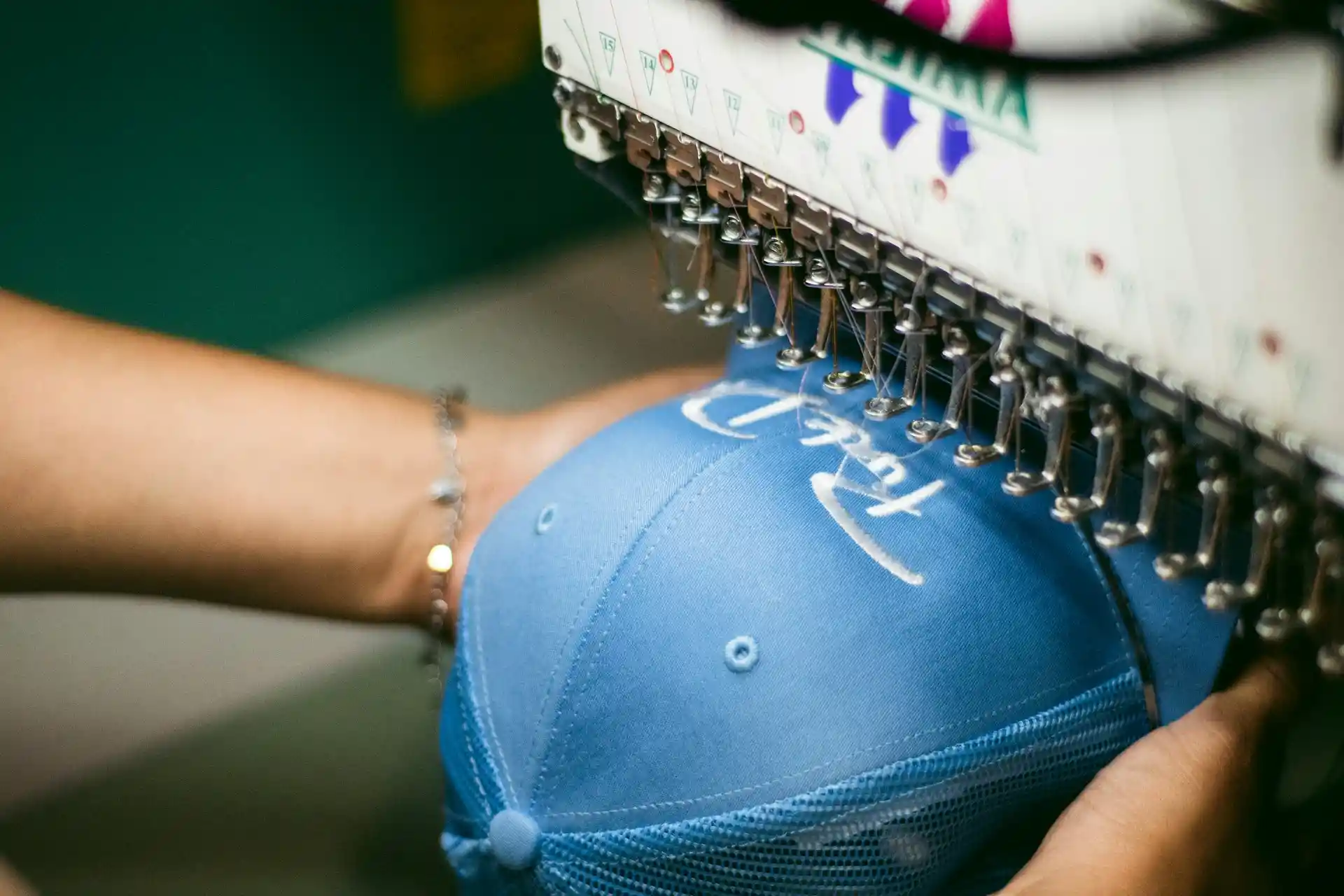
How to Combine Embroidery and Printing on One Garment
1. Why Combine Both?
Combining embroidery and printing lets you add depth and interest to your apparel. Embroidery gives texture, while printing can cover larger areas or add detailed graphics.
Common setups:
- Small embroidered logo on the front, printed design on the back
- Embroidered sleeves with printed front panel
Think about how the two techniques can balance each other so one does not overpower the other.
2. Production Sequencing: Which Comes First
Decide the order before you start. Embroidery first is safer if your printing method uses heat, because the stitches can handle pressure better than printed ink.
Printing first works if embroidery is a small accent over a large printed area. Pay attention to heat, pressure, and pinholes, as they can distort the embroidery or damage the print.
Test a small area to see how the layers interact before running the full batch.
3. Design and Placement Considerations
Placement makes a difference. Use embroidery on smaller, flat areas like chest pockets, sleeves, or collars.
Reserve printing for larger panels. Check size, thread density, and color contrast so that both elements are clear.
Adjust spacing and alignment so embroidery and printing work together rather than compete visually.
4. Fabric Compatibility
Not every fabric can handle both methods. Choose cotton or polyester blends that can take stitching and heat without stretching or warping.
Avoid very thin or highly elastic fabrics, which can distort stitches and make prints uneven. Testing your fabric before full production prevents wasted materials.
5. Quality Control and Common Mistakes
Check alignment, color accuracy, and texture. Make sure embroidery threads are intact and prints are not indented or misaligned.
Consider how heat transfer, hot stamping, or other printing processes affect stitched areas. Proper QA at each step prevents costly rework and ensures the final product matches the intended design.
6. Cost and Lead-Time Considerations
Mixing methods affects both price and production time. Embroidery is costlier for large or dense designs.
Printing is cheaper for large, colorful areas. Small runs take longer per piece, and large runs need careful sequencing to avoid delays. Plan your workflow to balance quality, cost, and delivery time.
Read More:
- 20 Trending Hat Embroidery Ideas: Make Your Caps Stand Out
- How to Make Custom Embroidery Designs: Guide for Beginners
Embroidery vs Printing: Which is Right for Your Custom Apparel
Choosing between embroidery and printing comes down to your design, fabric, and how you want your apparel to feel.
Embroidery gives a textured, long-lasting look. Printing allows for detailed designs and vibrant colors.
Think about your priorities. Consider durability, cost, and style. Understanding the differences helps you make a smart choice. When you weigh your options, you can pick the method that fits your project best.
Expert Tips
Choosing between embroidery and printing comes down to your design, fabric, and how you want your apparel to feel. Embroidery gives a textured, long-lasting look.
Printing allows for detailed designs and vibrant colors. Think about your priorities. Consider durability, cost, and style.
Understanding the differences helps you make a smart choice.
When you weigh your options, you can pick the method that fits your project best.
FAQs
Is screen print or embroidery better?
Embroidery works well for small logos or textured accents, while screen printing covers larger areas with detailed graphics. Think about your garment and design priorities to decide which method suits your project best.
Does embroidery last longer than print?
Embroidery generally holds up better over time because the thread integrates with the fabric. Prints may fade or crack after repeated washing, so stitched designs are usually a more durable choice for long-term wear.
Is screen printing more affordable than embroidery?
Screen printing tends to cost less for large or complex designs, especially on bigger runs. Embroidery requires thread, digitization, and stitching time, which adds up for detailed logos or high-density areas.
Can you combine embroidery and screen printing on one garment?
You can use both together. Place embroidery on smaller areas like collars or sleeves, and printing on larger panels. Planning the order and fabric choice helps avoid distortions or damage during production.
Is embroidery outdated?
Embroidery remains widely used because of its texture and professional look. It works for logos, uniforms, and premium apparel, adding depth and quality that printing alone can't match.










 Global Shipping
Global Shipping





























